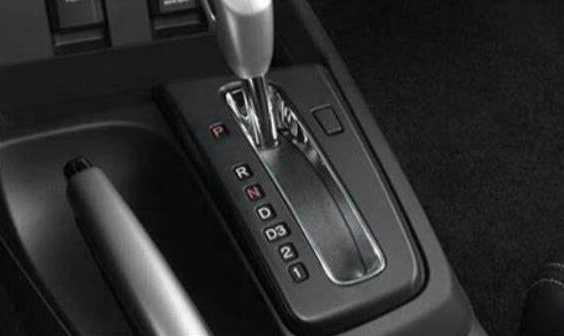The reverse is an action that we probably use daily in the car. The famous ‘R’ on the gear lever serves to move the vehicle in the opposite direction of the movement. Despite its widespread use, the Traffic Regulation prohibits, as a general rule, the backward movement. Therefore, this practice will have to be limited to certain maneuvers that are allowed or can sanction with a fine.
How to use reverse gear
According to article 31 of the Traffic and Road Safety law, reverse gear permitted when “it is not possible to march forward or change direction or direction of travel and as a complementary maneuver of others.” A very clear example would be the entry into a dead end where you can not leave otherwise. When it refers to the “complementary maneuver of others,” it also specified which ones so that there is no doubt.
The reverse gear can use to complement a stop (two minutes maximum, as specified by law), a parking lot (the one we use most commonly), and also to join the circulation from the parking lot itself. It is legal in the previous maneuvers with the condition that they never travel more than 15 meters and that a crossroad does do not invade either.
For the use of reverse gear, the DGT has the RSM rule. As it is an unnatural movement (the vehicle is ready to go forward, and the driver-oriented in that position), it must do with great caution. Rearview, Signaling, and Maneuvering; That is what the acronym of the DGT means, which refers to the order in which this action must begin. Always without hurry and checking the whole environment.
As the seat directed to the front, the driver has the help of the rear-view mirrors (both the side and the interior), which will serve to observe that the maneuver can do safely and without affecting the movement of other vehicles. Once it has verified, it is equally important to signal the maneuver with the flasher to alert drivers and pedestrians, so that they know the intentions.

With the reverse gear already selected and having done the above, you can proceed to go in the opposite direction of the march (without exceeding those 15 meters that the law says). Another additional advice that could add to the above is not to go back with the clutch fully depressed or in neutral (dropping the car), as it will cost more to slow it down, and the reaction will be slower. Also, on some occasions or with poor visibility can help another person indications from outside the vehicle.
Fines for going backward
The reverse always prohibited on highways and motorways, whatever the circumstances. That means that its use is listed as a serious offense and is punishable by a rather exemplary fine. For example, if we pass a detour on one of these roads and try to reverse to reach its entrance, we will take a fine of 200 euros and four penalty points on the card.
There is an exception with reversing on highways and highways, as priority vehicles in emergency services (police, Civil Guard, firefighters, ambulances, and Civil Protection) can use it exceptionally. They will only do so when it is strictly necessary to reach their destination before and as long as the safety of other road users is not compromised.
